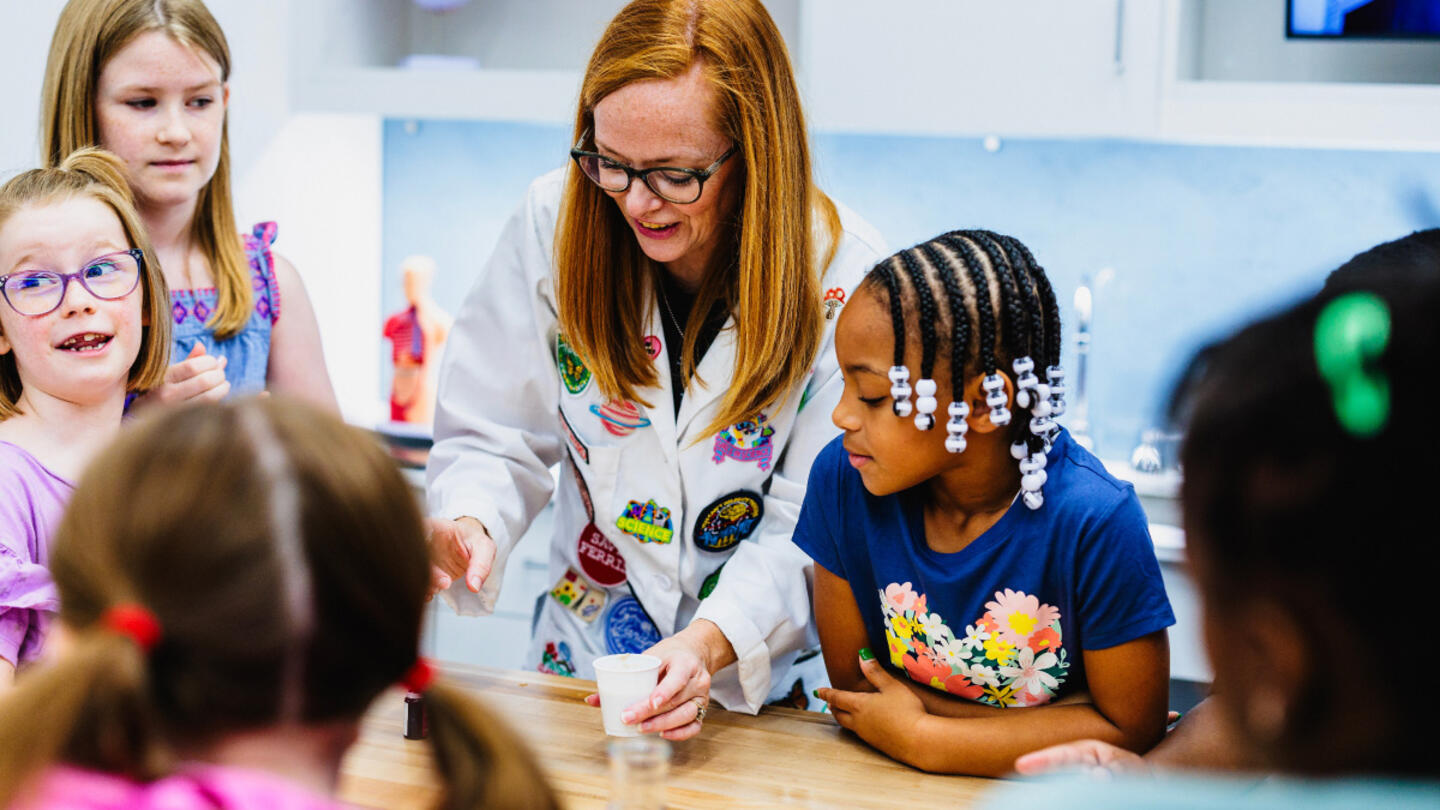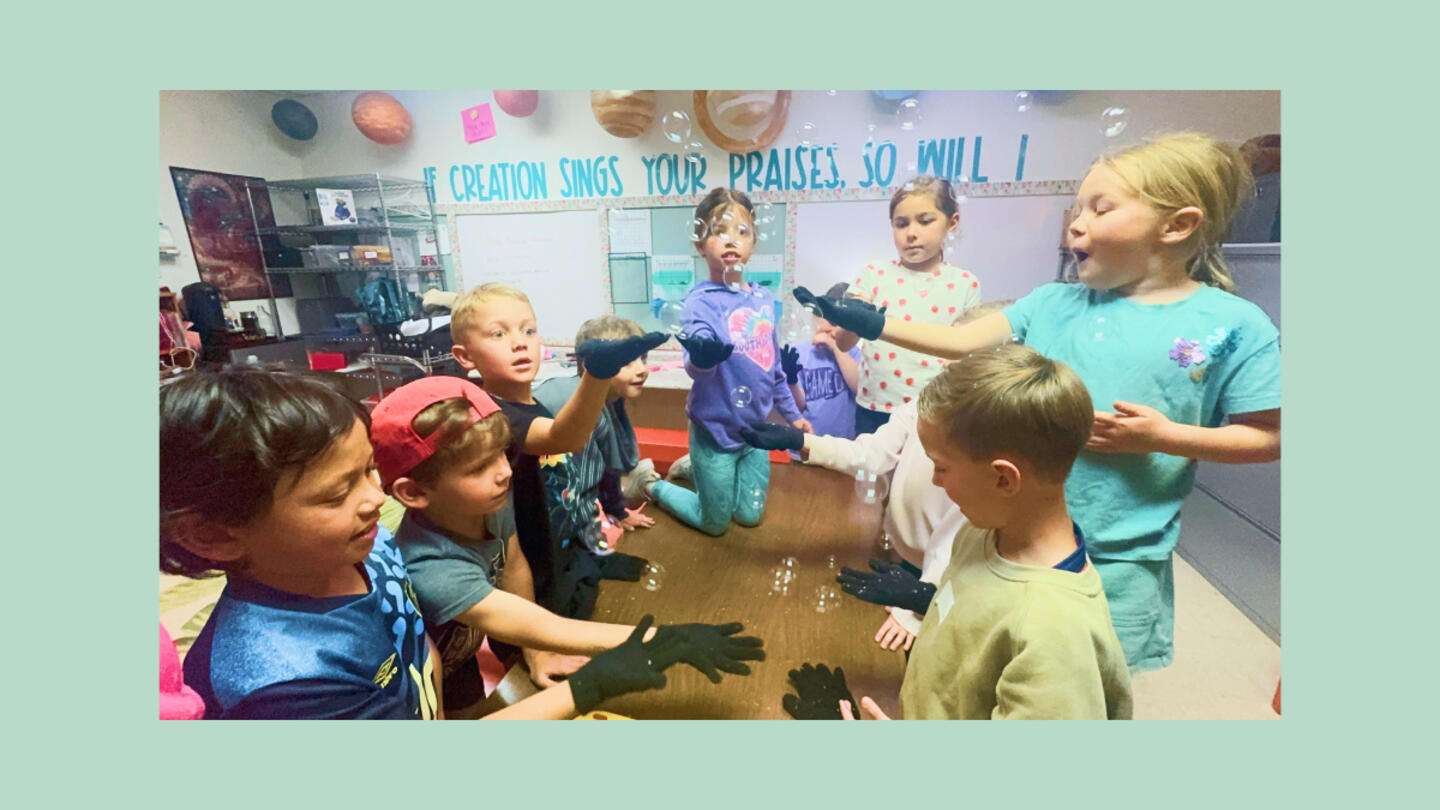For many years, parents had two choices when it came to educating their children: their local public school or an expensive private one. Now, the educational landscape looks entirely different. Microschools, pods, homeschools, classical schools, forest schools … parents now have a wealth of options. So, how can parents find the best educational fit for their child?
Research has shown that parents are already looking beyond the traditional K-12 experience. Whether that’s an education that focuses on teaching life skills or one that uses a different instructional approach, getting an A doesn’t have to be the end goal for every student. Many diversified education options have emerged to meet these needs, but more choices can be overwhelming.
Tyton Partners’ three-part series on K-12 education, “Choose to Learn,” aims to cut through the noise and empower parents toward the choice that works for them. These reports provide critical guidance and resources that can make the difference between a parent who’s just thinking about other education options — and one who is empowered to make the jump.
“For open-minded parents to pursue new educational options that are better aligned with their aspirations, they need support that accommodates their individual needs — and the needs of their children,” the third Tyton report stated.
From families wanting to pair public school with part-time microschooling to those that want to switch to self-directed learning full time, flexible education can look completely different — but it all ultimately centers around recognizing and uplifting students’ individual talents and goals, empowering them to pursue their fullest potential.
What parents want out of education, and why
“Part 1, K-12 Parents Poised to Explore New Educational Options,” sought to understand what motivates parents to seek alternative education for their children and where the biggest needs and demands are.
It may surprise readers to learn just how many parents are open to alternative education: Nearly half (48%) of K-12 parents were categorized as “open-minded” and possessing a “strong interest” in new education options for their children. Of these parents, 36% sought to completely remove their child from their current school environment — representing a staggering 8,640,000 students across the country.
Many parents were spurred to action by the mental health issues and/or academic challenges faced by their children. However, the perceived “school culture” in their communities — which often lauds traditional education and considers alternative education to be less legitimate — was a common barrier to parents considering the switch.
When parents do decide to seek out nontraditional education options, they fall into three categories: school supplementers (31% of all K-12 parents in the United States), school switchers (5%), and customizers (12%). Supplementers look to keep their child within their current education system but want to add on programs. Switchers want to change their child’s education system. And customizers want to create a unique, bespoke program to suit their children’s needs.
No matter what the category, the main goal among parents was the same: personalization. Whether through switching schools entirely or complementing current education with new options, parents sought to achieve a customized educational setting that fit their children’s unique strengths, learning styles, and goals.
How we can better support parents as they make the leap
The second report in the series, “Part 2: The Open-Minded K-12 Parent Journey and Barriers to Action,” built on the first report by exploring the common stages parents go through when embarking on a new educational path for their child, including the barriers they face and resources that can ease the transition.
Sign up for Stand Together's K-12 newsletter and get stories, ideas, and advice from changemakers who are transforming education across the country.
The journey to enrolling children in a new educational pathway is a multistage process for parents, “triggered by recognition of a critical need,” the report explained — the same mental health and academic challenges outlined in Part 1.
However, parents also face many challenges along the way. Besides each family’s individual circumstances, some universal barriers exist, primarily affordability (cited as a challenge by 49% of parents) and even just awareness of the available options (cited by 40%).
The report highlighted several action items that alternative program administrators should address to better support parents through decision-making. Primarily, parents need more accessible and clear information about alternative programs — such as the program’s schedule and distance from the home — to assess whether it is a good fit for their child’s unique skills and goals.
The report recommended that program leaders “best articulate fit by focusing on how their program individualizes learning experiences based on the student’s interest and illustrative examples of the delight they create.”
Parents also need more transparency about the costs of these programs, as well as initiatives such as scholarships or financial aid to ease the financial challenges that keep many families from pursuing alternative education.
To overcome these barriers, many parents may benefit from the assistance of navigators — highlighted in the third and final edition of “Choose to Learn.”
The difference that the right guidance can make
Millions of families have been empowered to exercise school choice already — but many are also “halted in their tracks,” the third report explained, by accessibility and transparency hurdles. Those parents may welcome the assistance of a navigator whose role is outlined in the final Tyton report, “Part 3: A Breakthrough in K-12 Parent Navigation.”
The report defines navigators as “organizations that support parents in discovering, planning, and successfully enrolling in a new school and/or student enrichment program.” They are usually not individuals operating independently but rather teams of specialists equipped to help each family with their needs and goals.
For parents, this means they should seek out educational guides that cater to their unique needs. Certain organizations may focus on helping families that want to make the switch to homeschooling — like the Haskel Education Network — or on families that are interested in microschooling, like the National Microschooling Center.
A more generalized educational guide is the Arizona-based navigator Love Your School, which works with local families to spread awareness and connect families to all of the educational options available, including public schools, private ones, online curricula, homeschools, microschools, and everything in between.
For navigator organizations themselves, it can be helpful to make it easy to quickly understand the families’ unique needs and goals in order to better match them to the services that can best meet their needs. This may mean, for example, one-on-one interviews or questionnaires.
According to the Tyton report, what distinguishes a “high-impact navigator” is the ability to provide curated resources tailored to families’ unique needs and connect them to “highly personalized” pathways.
A truly transformational educational guide will also focus on serving underserved communities and reducing disparities between diverse populations of students, especially across the socioeconomic spectrum. They also work to address financial barriers for families through tools like sliding-scale fees, grants, and educational savings accounts.
Tyton said these advocates find the most success when applying one-on-one mentorships to a longer duration, especially by “following up with parents directly to provide hands-on coaching that helps them synthesize — and act — on this information.”
Navigators aren’t just there to provide information and leave families to their own devices. They support families throughout their educational journey as they pursue not just short-term services but long-term goals.
The more families take advantage of their services and support, the more diversified the educational landscape will be. When families can pursue the education options that best meet their individual goals, learners can become more fulfilled, driven, and empowered — which benefits students, educators, and communities alike.
Tyton Partners is supported by Stand Together Trust, which provides funding and strategic capabilities to innovators, scholars, and social entrepreneurs to develop new and better ways to tackle America’s biggest problems.
Learn more about Stand Together’s education efforts and explore ways you can partner with us.

‘We want these boys to know that regardless of where they come from, they still can be excellent.’

This colearning space has the potential to bridge the divide between public and private education.

New Johns Hopkins data shows homeschooling’s recent surge has transformed the education landscape.
Step 1: Find the best learning environment for your child. Step 2? Figure out how to pay for it.
